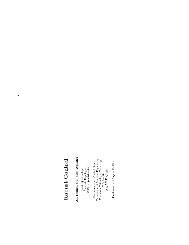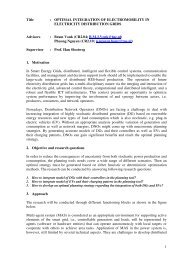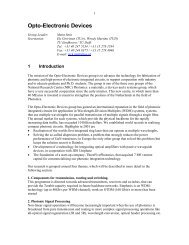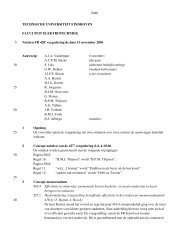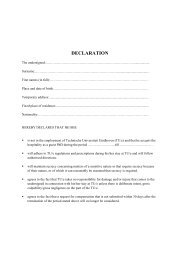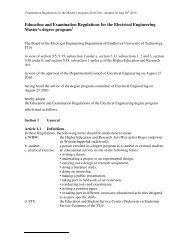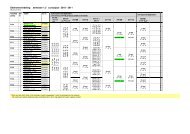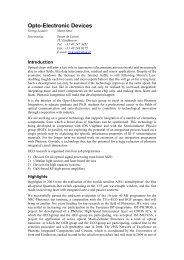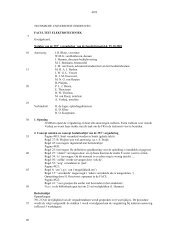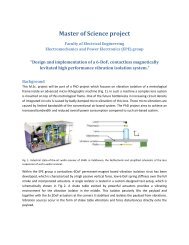Linear Matrix Inequalities in Control
Linear Matrix Inequalities in Control
Linear Matrix Inequalities in Control
Create successful ePaper yourself
Turn your PDF publications into a flip-book with our unique Google optimized e-Paper software.
Why are LMI’s <strong>in</strong>terest<strong>in</strong>g?<br />
Reason 4: conversion nonl<strong>in</strong>ear constra<strong>in</strong>ts to l<strong>in</strong>ear ones<br />
Theorem (Schur complement)<br />
Let F be an aff<strong>in</strong>e function with<br />
<br />
F11(x)<br />
F (x) =<br />
F21(x)<br />
<br />
F12(x)<br />
,<br />
F22(x)<br />
F11(x) is square.<br />
Then<br />
F (x) ≺ 0 ⇐⇒<br />
⇐⇒<br />
<br />
F11(x) ≺ 0<br />
F22(x) − F21(x) [F11(x)] −1 F12(x) ≺ 0.<br />
<br />
F22(x) ≺ 0<br />
F11(x) − F12(x) [F22(x)] −1 F21(x) ≺ 0<br />
Siep Weiland and Carsten Scherer (DISC) <strong>L<strong>in</strong>ear</strong> <strong>Matrix</strong> <strong>Inequalities</strong> <strong>in</strong> <strong>Control</strong> Class 1 47 / 59<br />
.



